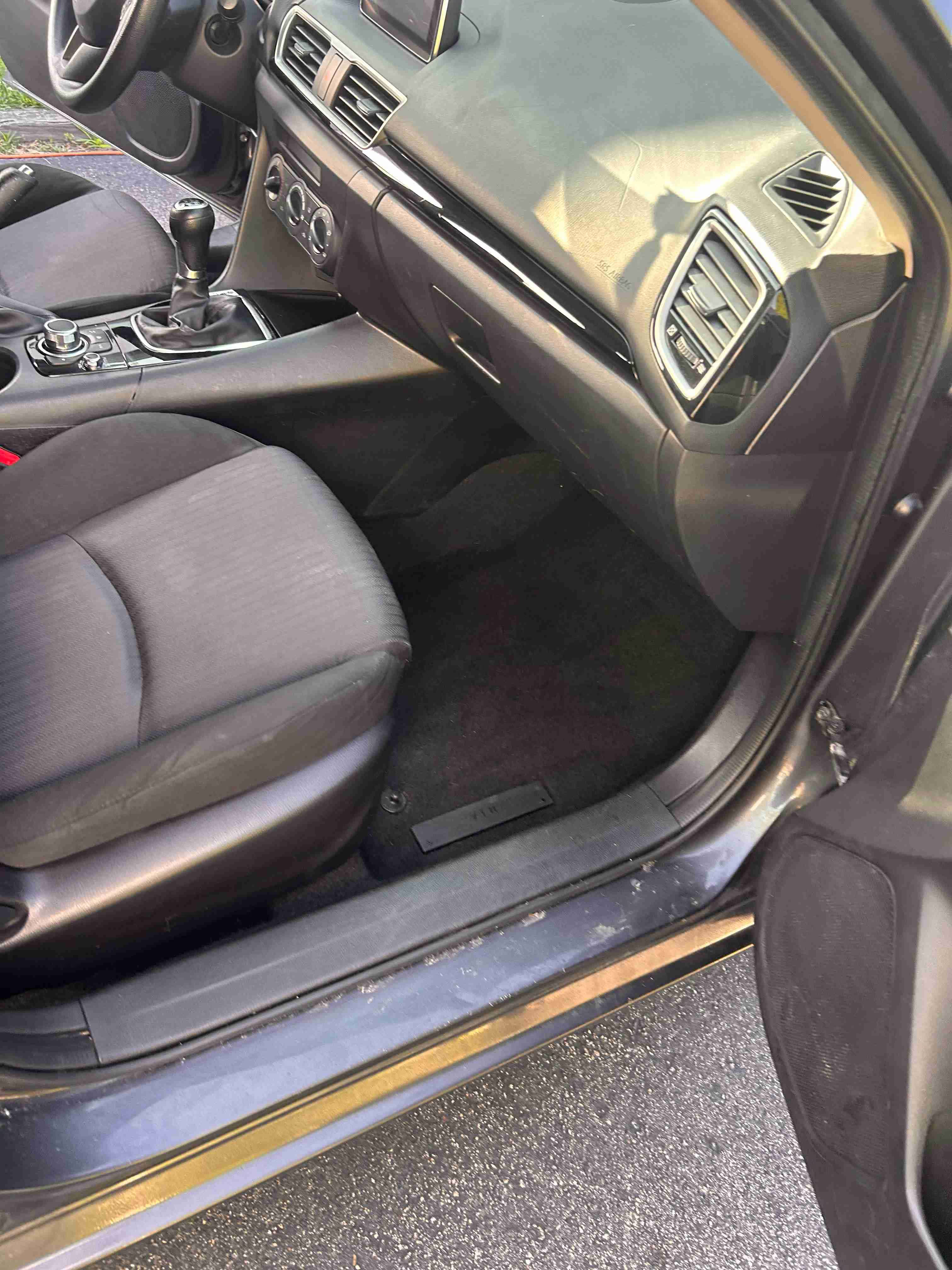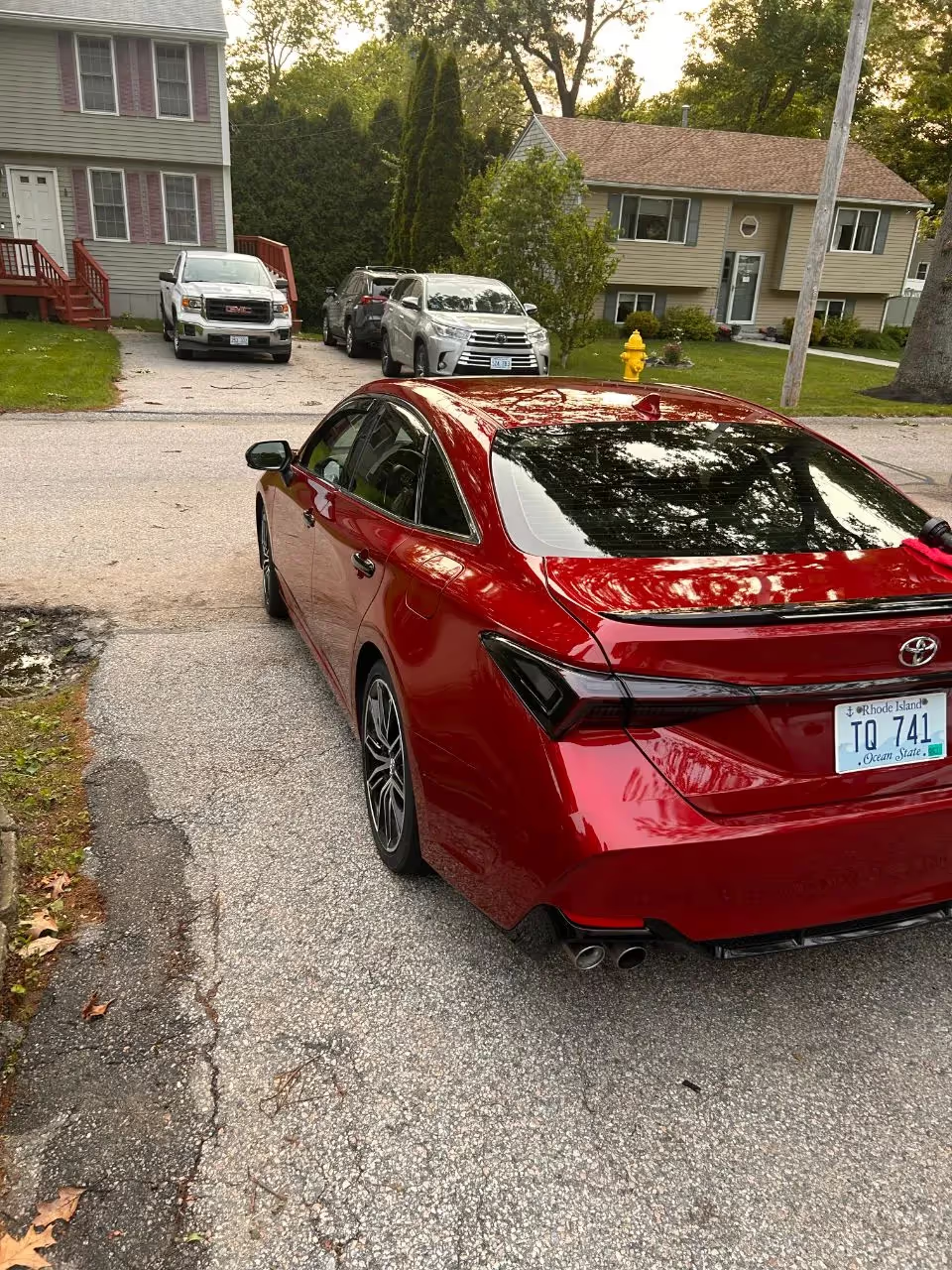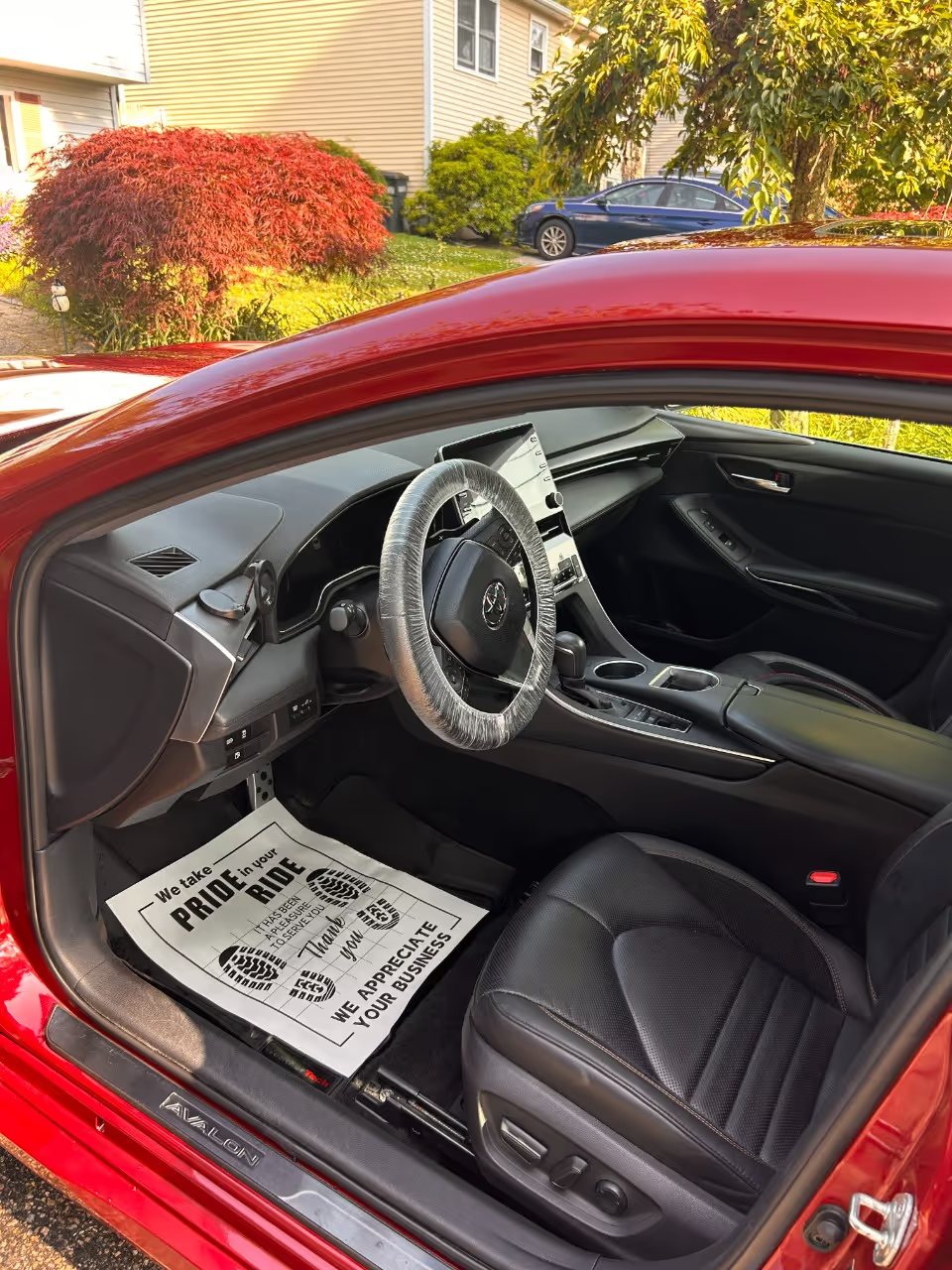Why Cleaning Cheap Cars is Harder Than You Think – The Reality Behind the Struggle

When people think about detailing, they often imagine the difference between a dirty and clean car, but few realize that not all vehicles are created equal when it comes to how easy—or difficult—they are to clean. There’s a massive gap between detailing a luxury vehicle and a budget-friendly, entry-level car. Ironically, it’s not always the expensive cars that are the most time-consuming. In fact, cheap cars can be some of the hardest vehicles to clean and restore, often requiring far more labor, specialized products, and time than most customers expect.
In this article, we’re diving deep into the hidden reasons why cleaning cheap cars can be a nightmare and how that translates to pricing, effort, and expectations in the professional detailing industry.
1. Interior Materials – Budget Cars Cut Corners
One of the first things you notice when working on a budget car interior is the quality—or lack—of materials. Cheaper vehicles use lower-grade plastics, synthetic fabrics, and vinyl that are:
- More porous: Stains soak in deeper, making extraction and cleaning far more labor-intensive.
- Easier to scratch: Aggressive scrubbing or even the wrong cleaning towel can permanently mar soft plastics.
- Prone to discoloration: Harsh cleaners needed for deep grime can lighten or stain surfaces.
For example, a cloth seat in a budget hatchback will absorb soda, coffee, or pet accidents like a sponge. Compare that to the sealed leather in a luxury vehicle, which resists absorption and can often be wiped clean with minimal effort. The cheaper material not only stains easier but can also degrade faster when using extraction chemicals, which means you have to be careful and often clean in multiple passes.
Pet Hair & Sand Are Worse in Fabric Interiors
If you own a cheap or mid-range vehicle with cloth seats and carpets, pet hair and sand become a nightmare. Fabric fibers grip hair and debris like Velcro, often requiring:
- Pet hair brushes
- Compressed air
- Multiple vacuum passes
- Fabric-safe adhesive rollers
Luxury vehicles with higher-end carpet blends and leather-trimmed seats allow far easier removal in half the time.
2. Exterior Paint Systems – Thin, Soft, and Easily Damaged
Budget-friendly vehicles are often designed with cost efficiency in mind, which translates to:
- Thinner clear coats: Less room for safe paint correction or polishing.
- Softer paint: Scratches and swirls more easily, making washing and drying a high-risk process.
- Cheaper factory finishes: Paint often lacks the depth and gloss you see on higher-end cars, even when fully corrected.
This makes decontamination, clay bar treatment, and polishing riskier and more time-consuming. A light hand and multiple passes are required to avoid burn-through or holograms during correction.
Compare this to a luxury car with a thicker, harder clear coat that can take a proper two or three-step paint correction and come out flawless. Ironically, the cheap car will require more time and effort to look half as good—and yet, customers often expect a bargain because the car itself wasn’t expensive.
3. Cheap Cars Get Treated Cheap
Another brutal reality: cheaper vehicles are often neglected. Not always because of the owner’s habits, but because of the car’s perceived value. People are less likely to:
- Wash them regularly.
- Invest in interior protection or ceramic coatings.
- Avoid eating and drinking inside.
- Address spills and stains quickly.
As a detailer, this means you’re walking into years of buildup in a vehicle where every surface has been through heavy use without much care. Grease in the steering wheel texture, embedded sand in the carpets, and a layer of grime on the headliner are common.
On luxury cars, owners are often more proactive with maintenance, which means a “full detail” is more of a refresh. On cheap cars, a “full detail” often turns into near-restoration work.
4. The Impact on Pricing
Time is Money
Detailers price based on time and difficulty, not the car’s value. But customers with entry-level vehicles often expect lower prices because of the vehicle’s cost. This is where education comes in. A budget car can take double the time of a well-maintained luxury vehicle due to:
- Embedded dirt in porous materials.
- Multiple vacuum passes for hair and sand.
- Stain extraction with multiple chemical applications.
- Careful paint decontamination and polishing to avoid thin clear coat damage.
A $100,000 luxury SUV that’s washed weekly might take 3–4 hours to perfect. A $15,000 compact car that’s been neglected for two years could take 6–7 hours—and still not achieve the same end result due to material limitations.
The Hidden Costs Behind the Service
What customers don’t see is the investment behind a detailer’s work:
- Chemicals: Specialized interior cleaners, pH-balanced shampoos, fabric protectants, and extraction solutions.
- Equipment: Professional vacuums, extractors, steam cleaners, polishers, and lighting setups.
- Wear and tear: Brushes, microfiber towels, and pads degrade quickly when used on heavy jobs.
- Travel: For mobile detailing, fuel and mileage add cost for every appointment.
- Business expenses: Insurance, software, booking platforms, and advertising (like Google Ads) all factor into overhead.
When a cheap car takes more time and more product to clean, the price needs to reflect that reality—even if the car itself isn’t worth much.
5. Dog Hair, Kids, and Everyday Chaos
Budget-friendly cars are often family haulers, commuter cars, or pet transporters. This means they’re more likely to be:
- Full of dog hair: Which clings to cheap fabric and requires special removal tools.
- Covered in food stains: Kids drop drinks, snacks, and sticky messes that seep into every crevice.
- Loaded with sand: Rhode Island’s beaches and off-road areas mean sand works its way into carpets and seat rails.
Luxury cars can suffer the same issues, but higher-quality materials resist absorption and make cleaning easier. A dog hair removal on a luxury SUV with leather seats might take 30 minutes. On a cloth-seat budget car? Expect hours of work.
6. Stains & Chemical Reactions
Certain stains interact with cheaper materials in unpredictable ways. Sunscreen, for example, can permanently stain some budget car plastics and cloth seats. Coffee can soak into foam padding and never fully release. Professional extractors and multiple rounds of cleaning are often needed.
Luxury interiors use treated surfaces and higher-end fabrics that resist these chemical reactions, allowing stains to be removed more effectively and with less risk.
7. Why Cheap Cars are Harder on the Detailer
From a professional standpoint, cheap cars are physically and mentally draining to clean because:
- More labor-intensive: Everything requires more passes, more chemicals, and more time.
- Lower ceiling for results: Even after hours of work, the car’s material limitations mean it will never look like a high-end vehicle.
- Price pushback: Customers often don’t understand why their $10,000 car costs as much to detail as a $70,000 SUV.
- Tool wear: Heavy extraction and aggressive cleaning wear down brushes, vacuums, and towels much faster.
This is why many professional detailers charge by condition, not by vehicle type. It’s not about the badge on the hood, it’s about the work involved.
8. How We Handle Cheap Cars at Luxury Car Detailing
At Luxury Car Detailing, we don’t cut corners regardless of the vehicle’s price tag. Whether you drive a $100,000 sports car or a $5,000 commuter, our process stays the same:
- Deep assessment of interior and exterior condition.
- Proper tools and chemicals for each surface.
- Condition-based pricing to ensure time and product costs are covered.
- Education for the client on why certain vehicles require more work.
Conclusion
Detailing a cheap car is not “easier” just because the vehicle isn’t worth much. In many cases, it’s harder, more time-consuming, and more labor-intensive than a high-end luxury detail. The materials, neglect, and sheer amount of embedded dirt make these jobs some of the most challenging in the industry.
For car owners, understanding this reality helps explain pricing and why condition-based quotes are the standard for professional detailers. For detailers, it’s a reminder that time and skill are what you’re selling—not the car’s value.














